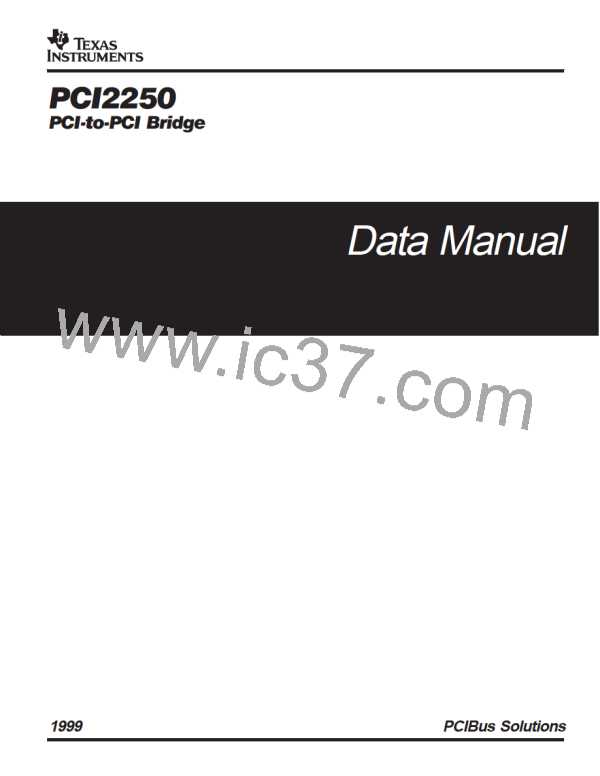Table 2–10. Secondary PCI Interface Control
TERMINAL
PCM
I/O
DESCRIPTION
PGF
NAME
NUMBER NUMBER
Secondary device select. The bridge asserts S_DEVSEL to claim a PCI cycle as the target
device.AsaPCIinitiatoronthesecondarybus, thebridgemonitorsS_DEVSELuntilatarget
responds. Ifnotargetrespondsbeforeatimeoutoccurs, thenthebridgeterminatesthecycle
with a master abort.
S_DEVSEL
7
9
I/O
Secondary cycle frame. S_FRAME is driven by the initiator of a secondary bus cycle.
S_FRAME is asserted to indicate that a bus transaction is beginning and data transfers
continue while S_FRAME is asserted. When S_FRAME is deasserted, the secondary bus
transaction is in the final data phase.
S_FRAME
11
13
I/O
O
Secondarybusgranttothebridge. Thebridgeprovidesinternalarbitrationandthesesignals
areusedtograntpotentialsecondaryPCImastersaccesstothebus. Fivepotentialinitiators
(including the bridge) can be located on the secondary PCI bus.
S_GNT3
S_GNT2
S_GNT1
S_GNT0
47
45
44
43
53
51
50
49
Whenthe internal arbiter is disabled, S_GNT0 is reconfigured as an external secondary bus
request signal for the bridge.
Secondary initiator ready. S_IRDY indicates the ability of the secondary bus initiator to
complete the current data phase of the transaction. A data phase is completed on a rising
edge of S_CLK where both S_IRDY and S_TRDY are asserted. Until S_IRDY and S_TRDY
are both sample asserted, wait states are inserted.
S_IRDY
10
12
I/O
Secondary parity. In all secondary bus read and write cycles, the bridge calculates even
parityacrosstheS_ADandS_C/BEbuses. AsaninitiatorduringPCIwritecycles, thebridge
outputs this parity indicator with a one-S_CLK delay. As a target during PCI read cycles, the
calculated parity is compared to the initiator parity indicator. A miscompare can result in a
parity error assertion (S_PERR).
S_PAR
2
4
3
6
I/O
I/O
Secondary parity error indicator. S_PERR is driven by a secondary bus PCI device to
indicate that calculated parity does not match S_PAR when S_PERR is enabled through
bit 6 of the command register (offset 04h, see Section 4.3).
S_PERR
Secondary PCI bus request signals. The bridge provides internal arbitration, and these
signals are used as inputs from secondary PCI bus initiators requesting the bus. Five
potential initiators (including the bridge) can be located on the secondary PCI bus.
S_REQ3
S_REQ2
S_REQ1
S_REQ0
42
39
38
37
47
42
40
39
I
When the internal arbiter is disabled, the S_REQ0 signal is reconfigures as an external
secondary bus grant for the bridge.
Secondary system error. S_SERR is passed through the primary interface by the bridge if
enabledthroughthebridgecontrolregister(offset 3Eh, see Section 4.32). S_SERR is never
asserted by the bridge.
3
6
5
8
I
S_SERR
S_STOP
Secondarycycle stop signal. S_STOP is driven by a PCI target to request theinitiatortostop
the current secondary bus transaction. S_STOP is used for target disconnects and is
commonly asserted by target devices that do not support burst data transfers.
I/O
Secondary target ready. S_TRDY indicates the ability of the secondary bus target to
complete the current data phase of the transaction. A data phase is completed on a rising
edge of S_CLK where both S_IRDY and S_TRDY are asserted. Until S_IRDY and S_TRDY
are both sample asserted, wait states are inserted.
S_TRDY
9
11
I/O
2–11

 TI [ TEXAS INSTRUMENTS ]
TI [ TEXAS INSTRUMENTS ]